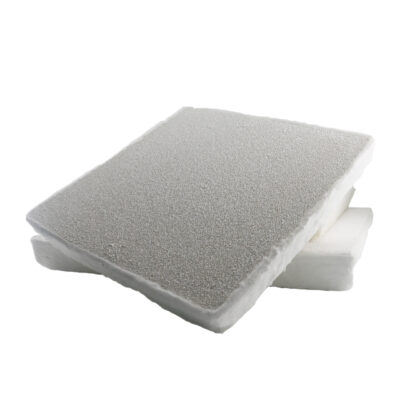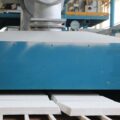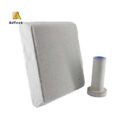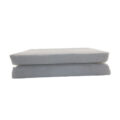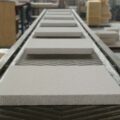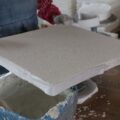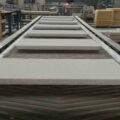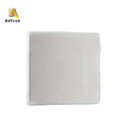The basic material of zirconia foam ceramic filter is zirconia ZrO2. The heat-resistant temperature of the zirconia filter is higher than about 1760 ℃, with very high strength and excellent high temperature impact.
Cast steel parts are widely used in areas that require high strength and elongation. Therefore, steel castings are very sensitive to defects caused by impurities. The excellent characteristics of the zirconia ceramic foam filter can effectively remove the impurities that eventually lead to product quality defects. The impurities are mainly composed of non-metallic particles, slag, and refractory fragments, improve the surface quality and mechanical properties of castings, and reduce the scrap rate.
Features of Zirconia Foam Ceramic Filter
Significant filtration effect for all steel types, including carbon steel, stainless steel, cobalt-based nickel-based high temperature alloy.
Made of pure zirconia material, the temperature can reach 1760℃, and it is not sensitive to the casting temperature change of different steel types.
Excellent raw materials and advanced production technology ensure that the filter has stable dimensional tolerances.
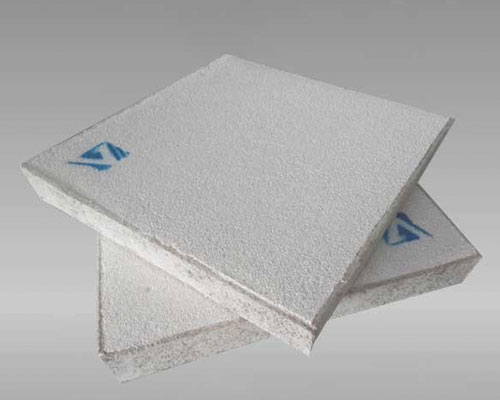
There are two modes of foam ceramic filter palte in AdTech: ceramic foam filter – PAl and ceramic foam filter – PZr. The foam ceramic filter can make the molten steel fill the cavity more evenly. The molten metal has a higher tendency to turbulence during pouring. The turbulent flow through the three-dimensional pore structure of the zirconia foam ceramic filter is finally converted into a very stable layer flow. Laminar flow has a better filling of the cavity, which reduces the impact corrosion of the molten metal on the casting cavity and significantly reduces the scrap rate.
Non-metallic inclusions in castings are the most important factors leading to casting defects. They affect the surface finish, mechanical and processing properties of castings and lead to an increase in scrap rate. Foam ceramic filter products are used to remove inclusions and reduce turbulence to achieve rapid and stable metal liquid filling flow rate, and thus improve the quality of castings.

